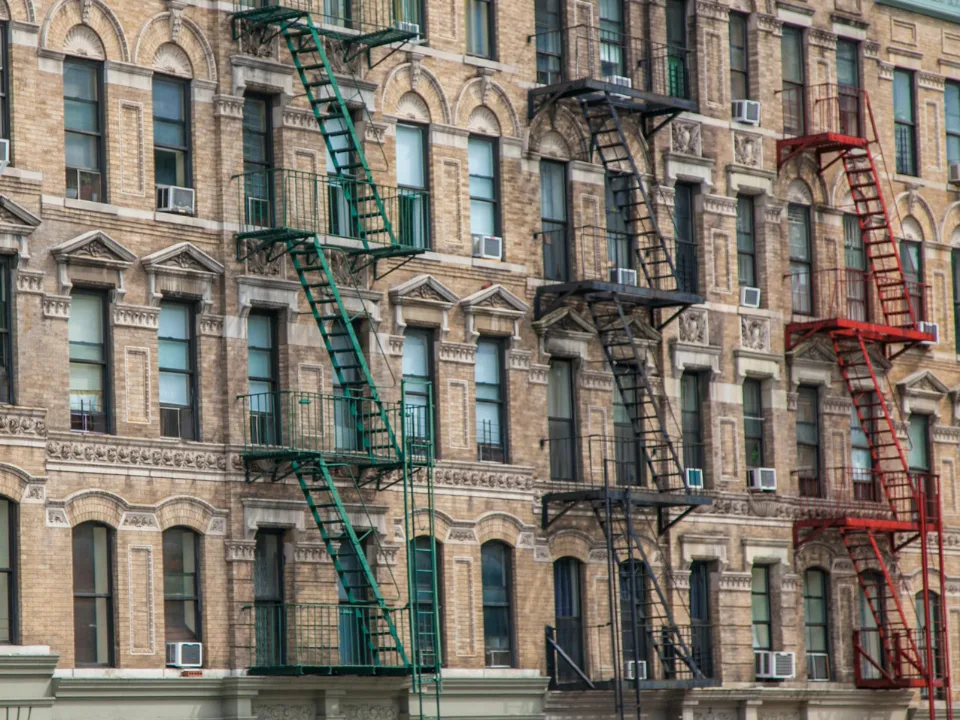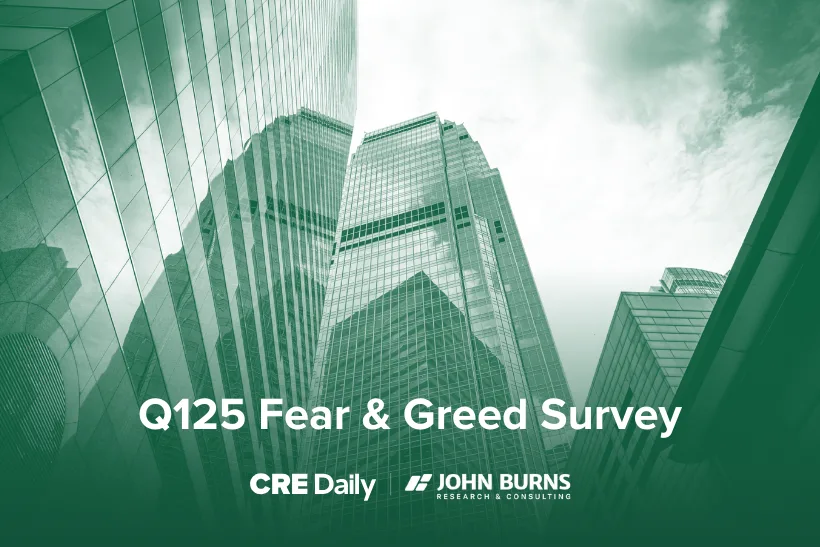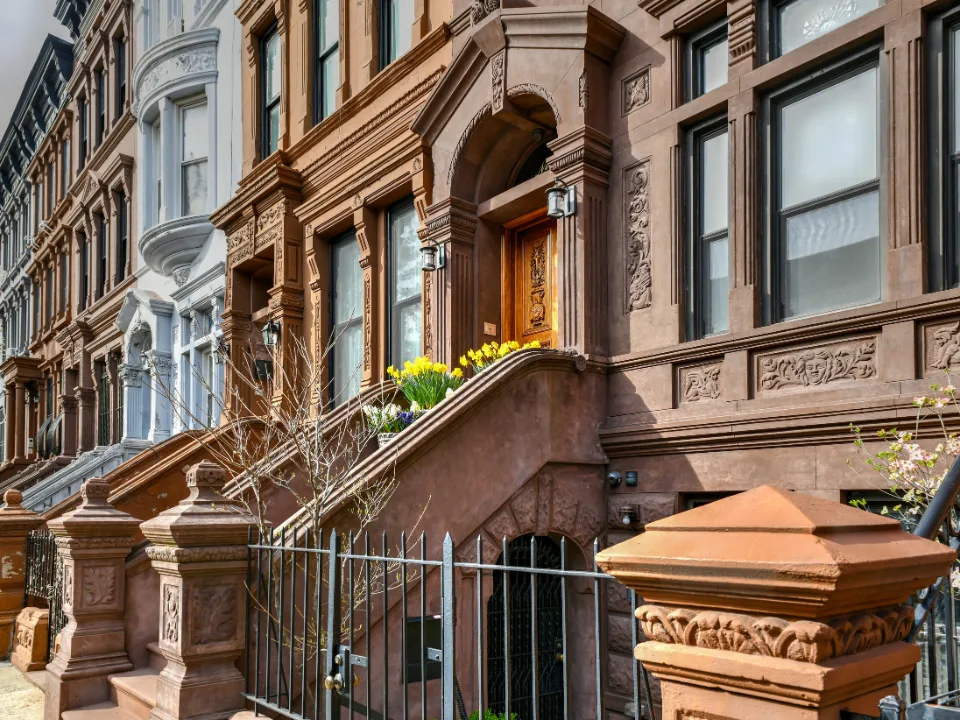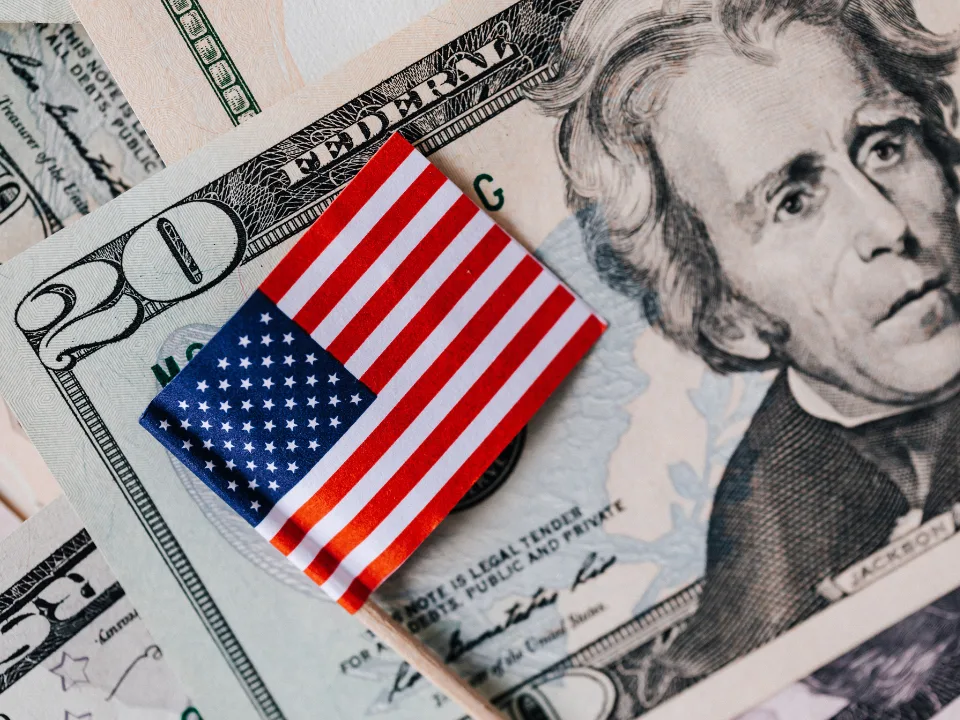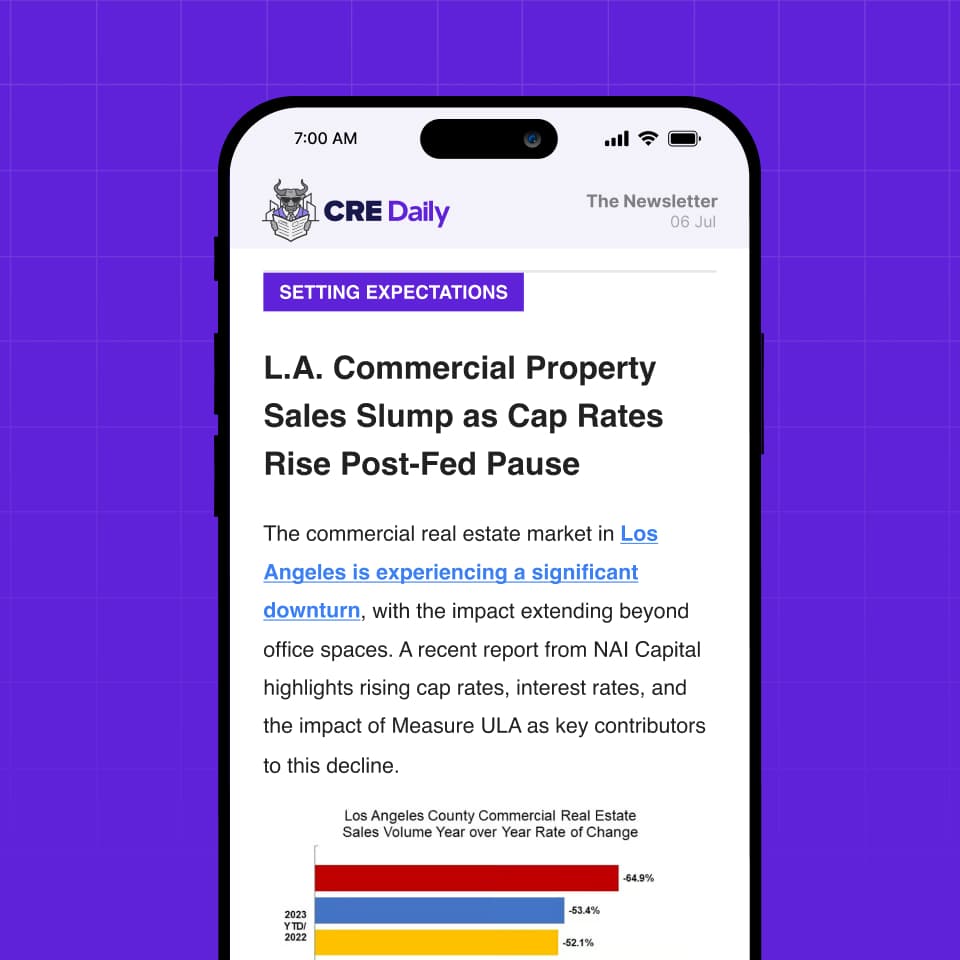- Median NYC rents reached $3,397 in Q1 2025, a 5.6% year-over-year increase, according to Realtor.com.
- Manhattan and Brooklyn posted the highest annual rent gains at 5.5% and 5%, respectively.
- Units with 0–2 bedrooms saw the steepest rent growth, rising 7.2% to $3,365 citywide.
- Potential headwinds loom as 25% tariffs on steel and aluminum threaten to disrupt the city’s multifamily housing pipeline.
A Hot Start to 2025
According to GlobeSt, NYC rents surged to start the year, with nearly every borough seeing notable price increases in Q1 2025. According to Realtor.com, the median asking rent across New York City hit $3,397, a $179 rise—or 5.6%—from the same time last year. The data spans apartments, townhomes, condos, and single-family homes, reflecting broad strength across housing types..
While Staten Island data is still under review, the rest of the city is experiencing consistent upward momentum, with Manhattan and Brooklyn at the forefront.
By the Boroughs
Manhattan: Up 5.5% YoY, continuing its trend as the city’s most expensive borough.
- Brooklyn: Close behind at a 5% increase.
- Queens: Rose 4.3%.
- Bronx: Saw modest growth at 0.7%, though it’s led the city in total rent growth over the past five years (41.2%).
Smaller units are feeling the crunch most. Studio to two-bedroom units spiked by 7.2% to $3,365, while three-bedroom rents grew just 1.2% to $4,773.
Rent Recovery and Growth Since COVID
Realtor.com notes that despite pandemic-era declines, NYC’s rent market bounced back quickly. By spring 2022, median asking rents had returned to pre-pandemic levels and have risen steadily ever since. As of Q1 2025, the city’s median rent is now 18.1% higher than in early 2020.
Get Smarter about what matters in CRE
Stay ahead of trends in commercial real estate with CRE Daily – the free newsletter delivering everything you need to start your day in just 5-minutes
Tariff Trouble Ahead?
While NYC rents growth remains strong, the outlook for new housing supply could be complicated by federal tariffs. The 25% steel and aluminum tariffs—currently in effect—may force developers to pause or cancel projects due to spiking material costs.
Realtor.com highlights Manhattan (24.6%) and the Bronx (24.2%) as the boroughs with the biggest recent upticks in permitted multifamily projects. These areas may feel the squeeze the most if construction costs climb further.
Even boroughs with declining permit activity—like Brooklyn, Queens, and Staten Island—could feel pressure as the cost of new construction rises, limiting future supply and putting upward pressure on rents.
What’s Next?
With inflation concerns, material costs, and tariffs in play, NYC’s rental market could face more supply constraints in the months ahead. Still, demand remains strong, especially for smaller units in high-demand neighborhoods.
As developers navigate the new cost landscape, renters should expect continued upward pressure on prices—particularly in Manhattan and Brooklyn, where demand shows no sign of cooling.
